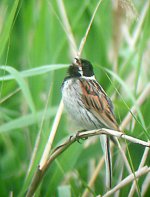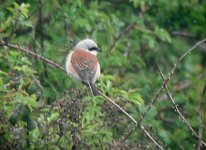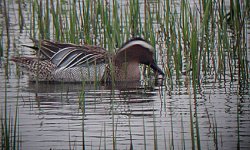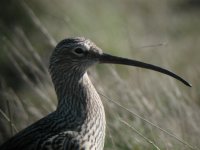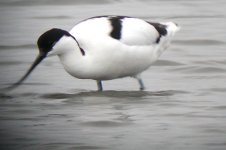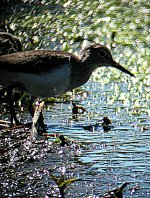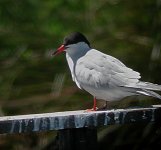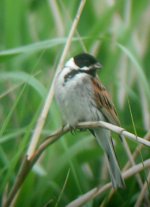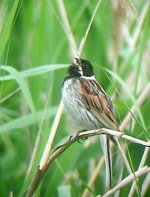I'd be pretty chuffed with those - fancy a sawp?

If there isn't a tailor-made release for your camera, it's easy enough to make one, albeit a little rudimentary.
Buy a strip of 30 mm wide x 2-3mm thick aluminium (about £3.00 from Homebase) and find a bolt with the same thread as the tripod attachment on the camera. drill a hole through the strip so that you can screw it to your camera ok (you may need a spacer on the nut so it's not loose). I also glued two pads of thin foam to the side touching the base of the camera. With the camera facing you (assuming a right-handed shutter button) and the stip still attached, mark a line 15 mm from the left hand side of the camera onto the strip. Remove the camera from the strip and bend at 90 degrees. Mark another line on the strip at 10 mm above the top of camera when it's attached and bend there also. Cut the strip so that it overshoots the shutter button by 10-15 mm. Mark a point over the shutter button and drill a hole large enough so that the thread of the shutter release cable fits through and on the underside (ie side nearest to the camera) superglue a small nut that the shutter release can thread into. Even though the shutter release cable has a tapering thread, the last three or four parts of the thread bite into the nut.
Et voila, remote cable release for cameras that aren't fitted for one.
Picture
here of my one, which seems to work a lot better since I put the cable nut on the underside of the strip (picture shows it on top)...




